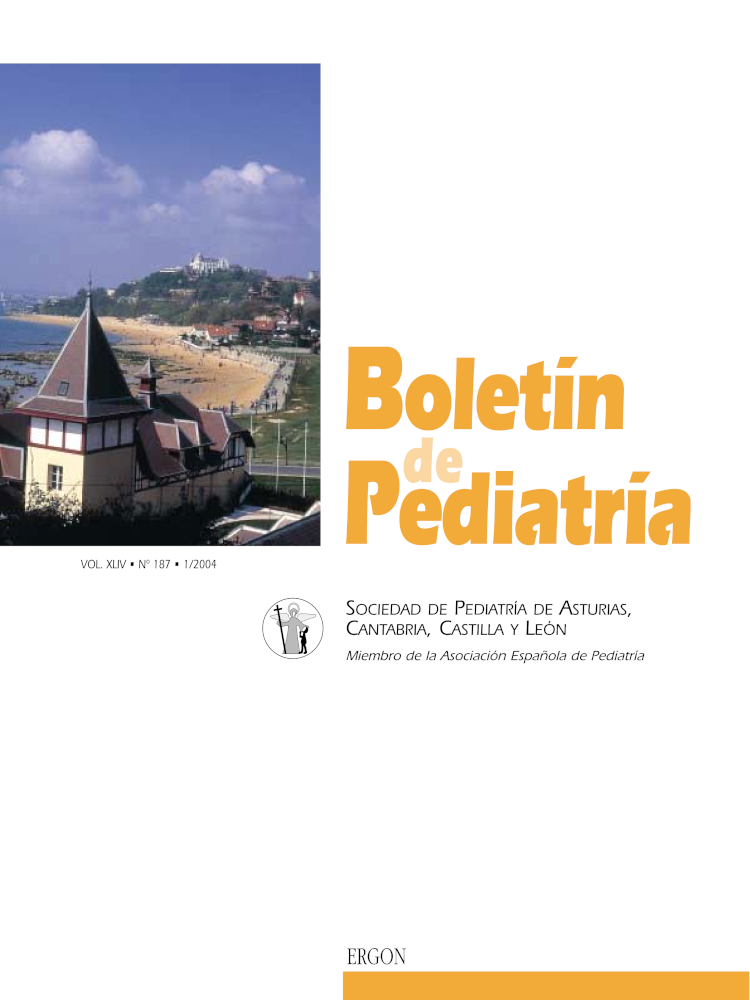Abstract
Objective: To study the evolution of the etiology and pattern of susceptibility of the pediatric uropathogens and
its implications on the election of antibiotic treatment. Material and methods: Retrospective analysis of the
results of the urine cultures of pediatric patients in the Hospital Virgen de la Concha, Zamora, from year 1995 to 2001. Evaluation of the trends in the number and appropriateness of the samples, types of isolated microorganisms, pattern of susceptibility and its variations according to the age and clinical characteristics of the patients. Results: We reviewed 5.967 urine cultures (of 3.725 patients), 756 positives (12.7%) and 948 contaminated (15.9%). In the last years the number of urine cultures descended significantly (p < 0.001), since contaminated specimens diminished. The most frequent microorganisms were Escherichia coli (68%), Proteus mirabilis (6.2%), Pseudomonas aeruginosa (4.2%), Enterobacter cloacae (3%) and Enterococcus faecalis (2.8%). In patients older than 2 years there was a greater predominance of E. coli (79.9%). The susceptibilities of E. coli to main antibiotics were: ampicillin: 36.7%, amoxicillin-clavulanate: 93.3%, first-generation cephalosporins: 95%, cefuroxime: 99.3%, cefixime: 99.2%, cefotaxime: 100%, gentamicin: 96.6%, cotrimoxazole: 77.3%, nitrofurantoin: 94.9%, fosfomycin: 100%, cefotaxime-gentamicin association: 100%. Most of the resistant isolates to cephalosporins were of P. aeruginosa, E. cloacae and M. morganii, whereas for nitrofurantoin, cotrimoxazole and gentamicin were of E. coli.

This work is licensed under a Creative Commons Attribution-NonCommercial 4.0 International License.
Copyright (c) 2004 Boletín de Pediatría
